This curated summer reading list aims to bring forward stories as well as historical and social issues important to American Jews. Some books could be filed under “beach reads,” but the label should not detract from their depth and intelligence. A reader will enjoy dwelling in the unique worlds they create.
FICTION
“The Rabbi Who Prayed with Fire” by Rachel Sharona Lewis
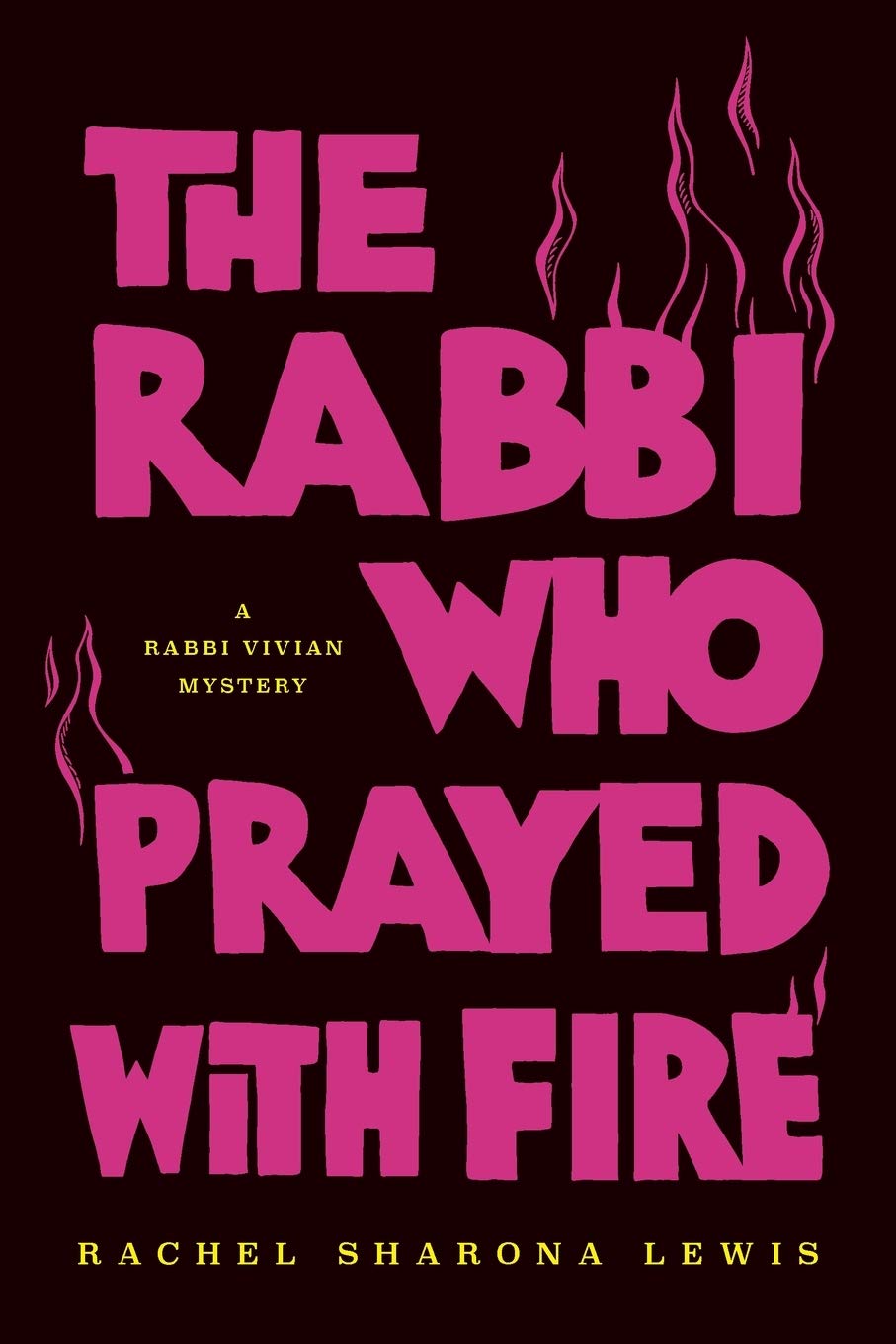
My father was a fan of Harry Kemelman’s classic Rabbi Small mysteries, as were many of my parents’ friends. His books featured a rabbi as sleuth, making a mark in popular American culture, and thrilled Jewish readers. Rachel Sharona Lewis’s first book uniquely honors the Rabbi Small mysteries. Wonderfully updated for this generation, the protagonist is Rabbi Vivian, a young queer rabbi. A potential love interest tells Vivian, “You don’t look like a rabbi,” which is very much the point in this fresh take.
Lewis, the director of synagogue organizing for the Jewish Community Relations Council of Greater Boston, brings insight and knowledge of synagogue and communal life to her compelling story. She sets her entertaining whodunit against the backdrop of declining membership in Vivian’s synagogue and rising antisemitism outside its insular sanctuary. In a recent interview with Lilith, Lewis noted: “I was struck by how familiar [the Kemelman series] felt even though it was so long ago, and was excited at the prospect of using the genre of mystery through the lens of a rabbi to comment on today’s Jewish communal dynamics.”
Lewis stumbled upon Kemelman’s books at a library sale in 2017. During the four years she wrote her book, she noted, “There was so much going on in our world that felt really hard. Writing felt like a way to engage my imagination and process, thinking through the kind of world that I was living in and also want to live in.”
“Florence Adler Swims Forever” by Rachel Beanland
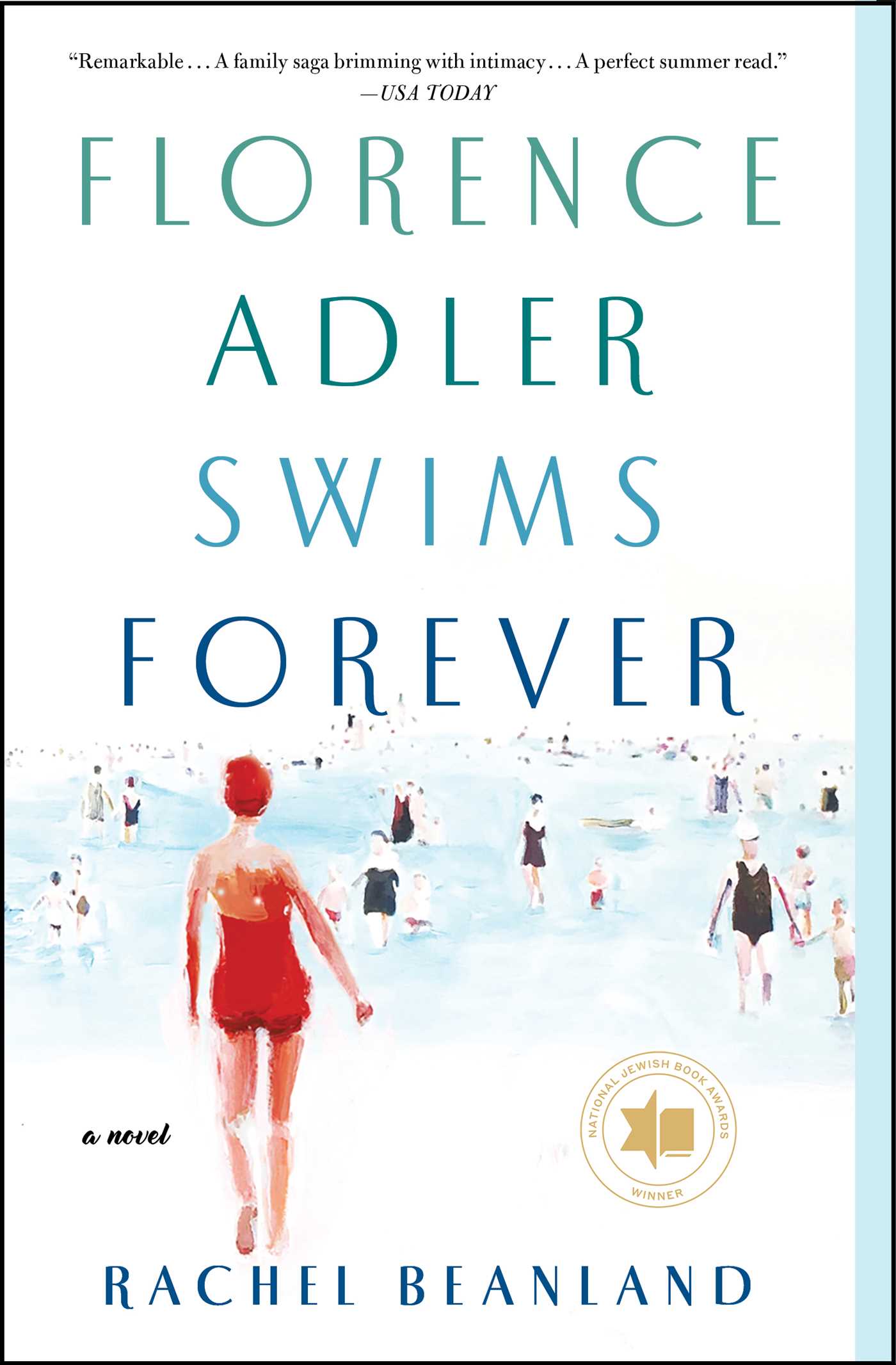
The title of Rachel Beanland’s award-winning novel—the book recently won a National Jewish Book Award for a debut work of fiction—goes beyond the beach read that it suggests. The summer is off to an exciting start for the Adler family. Florence, the beloved baby of the family, is scheduled to train in France to swim the English Channel when tragedy strikes and she drowns. The family keeps the news from older sister Fannie as she deals with a high-risk pregnancy. Esther Adler, the family matriarch, cannot bear another loss for the family.
Beanland has set her novel in the 1930s, and her genius and foresight are in play as she highlights the forbidden love between a man with an antisemitic father and his Jewish girlfriend. A father is ahead of his time when he encourages his daughter to have a satisfying career rather than stay in an unhappy marriage.
The Holocaust looms in the background in Beanland’s depiction of immigration quotas and the desperate efforts of American Jews to help family and friends to escape from Germany. That tragic summer, the Adlers also host Anna, a German refugee from Nazi Germany, and lies that have been tightly kept begin to unravel. The situation speaks to the current immigration debate in the United States.
“The Man Who Loved His Wife” by Jennifer Anne Moses

Jennifer Moses’s engaging collection of short stories is rooted in Jewish culture and mores and are set across the dynamic Jewish diaspora. Moses is a gifted writer and a wonderful storyteller. The first story in the collection is a stunner, portraying a Holocaust survivor who accesses the past in a very unusual way. Felder is a widower who lives alone and ignores his two daughters’ relentless nagging to move into assisted living.
Felder, whose parents were socialists, never circumcised their son—a decision that saves his life when the family’s maid hides him from the Nazis. His family’s sole survivor, Felder immigrates to New Orleans. He marries and has a family; his wife dies after decades in a perfunctory marriage. His older daughter gives him a golden retriever to keep him company, and he names the dog after his long-dead sister, Esther. In a stunning turn of events, Esther’s spirit inhabits the dog and Felder learns how she perished in the Holocaust.
The title story depicts the marriage between Julia, who is Jewish, and Martin, who is nominally Christian. Julia has terminal cancer and suddenly finds religion after she declares that Jesus has appeared to her. She insists on a Christian burial—something that upsets her parents. But there’s a neat and striking twist at the end of the story readers will appreciate. Moses’ stories are unforgettable and will stay with readers long after they’ve finished the volume.
“Milk Fed” by Melissa Broder
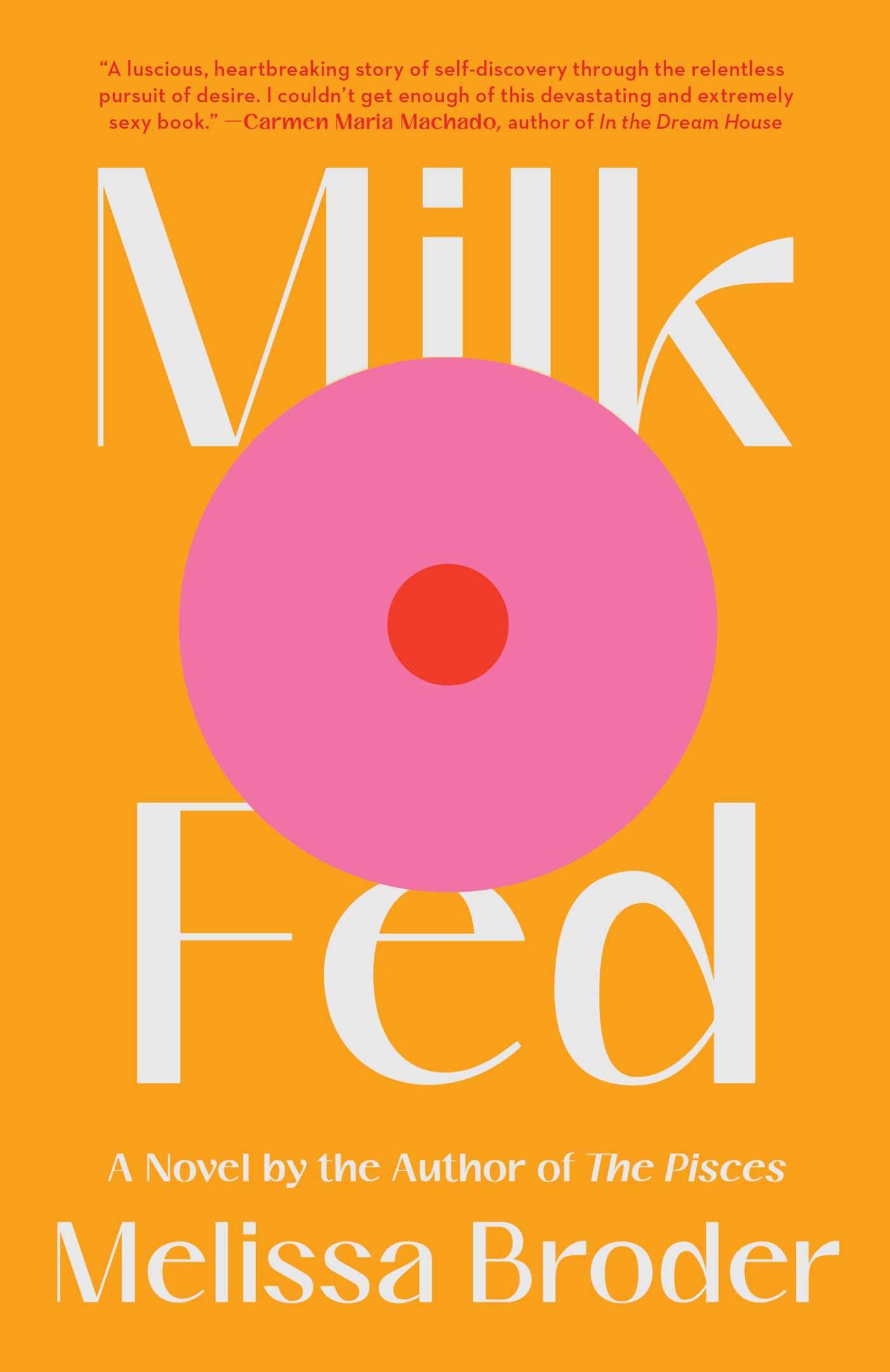
Melissa Broder’s second novel boldly explores sex, food and religion, along with a fraught mother-daughter relationship. An overweight child, according to her mother, Rachel’s adult life continues to revolve around strictly counting calories and extreme exercise that involves “peddling to nowhere” on an elliptical. The 24-year-old, who lives in Los Angeles, is also an aspiring comic at night with a dull day job at a talent management company.
Rachel’s therapist encourages her to go on a 90-day “communication detox” from her mother, and soon after, she meets the enticing Miriam. Brought up as a Reform Jew who is decidedly secular, Rachel is fascinated by Miriam’s Orthodox Judaism. She falls madly in love with the zaftig Miriam, who swaps out plain frozen yogurt for lavish sundaes behind the counter of the ice cream shop where she works.
Rachel and Miriam embark on an intensely sexual relationship after Miriam agrees to let Rachel hold her hand in a movie theater. Rachel’s desire for Miriam and her appetite for the food that had been forbidden to her for over a decade take over her life. Rachel’s “body dysmorphic waltz” comes to a head in a Bed Bath & Beyond, where shoppers uneasily regard her as she obsessively weighs herself on the digital scales in the store.
Broder brilliantly describes the desire that connects sex and food. Feeling sated, Rachel has the energy to explore her complicated history with food and her spirituality, finally finding peace. As confirmation, a famous medieval rabbi validates Rachel’s self-acceptance in a dream. “‘It’s a mitzvah, you know,’” Rabbi Judah Loew ben Bezale, the fabled creator of the golem, tells her. “‘I just came to let you know that it’s nice to see you trusting your kishkas.’”
“Monkey Boy” by Francisco Goldman

Francisco Goldman, a brilliant practitioner of “autofiction,” writes novels that incorporate autobiographical details. The son of a Jewish father and a Guatemalan mother, Goldman grew up in Boston’s working-class suburbs in the 1960s and ‘70s. Those facts figure prominently in his new novel, “Monkey Boy.” Frankie Goldberg, Goldman’s alter ego, also experiences a father’s physical abuse and a mother’s indifference to his suffering. Like Goldberg, Goldman longs to “remember every single second of my entire life so far, in full 3-D Technicolor and surround sound, and at every past scene re-inhabit myself exactly as I was.”
The novel opens with Goldberg, now middle-aged, on a train from his home in New York to visit his mother, Yolanda, who lives in a nursing home in Boston. The visit is surprisingly pleasant; Yolanda laughs at her son’s jokes and recounts stories of her girlhood that inspire Goldberg to ponder his disparate identities. During that same visit to Boston, Goldberg also has dinner with an old girlfriend, bringing on a flood of difficult memories. Among them is the name “monkey boy,” a racist taunt from his white classmates in junior high school. Goldberg also remembers his father Bert’s violence in detail. A frustrated and angry man, Bert harbors a lifelong rejection from Harvard University due to antisemitic quotas and a missed opportunity to attend the Johns Hopkins University School of Medicine during the Depression.
Like Frankie, the author is half-Jewish, half-Catholic, half-white and half-Latino, half-American and half-Guatemalan, and yearns for a unique version of wholeness. Frankie, and presumably Goldman, eventually embrace the hyphens linking their distinct identities.
NONFICTION
“Prohibition Wine: A True Story of One Woman’s Daring in Twentieth-Century America” by Marian Leah Knapp
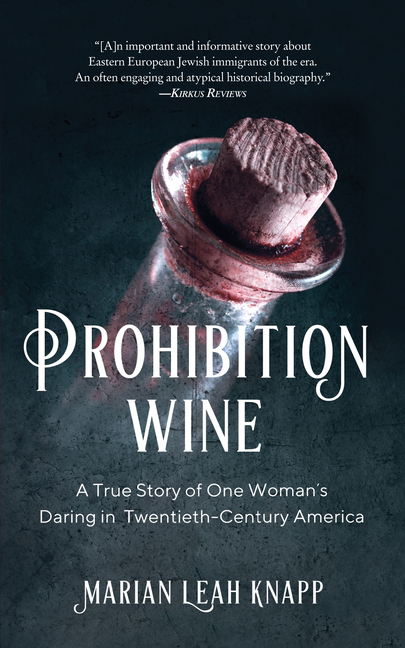
Local author Marian Leah Knapp has written a slim, intriguing biography of her bootlegging grandmother, Rebecca Goldberg. Rebecca was a Russian Jewish immigrant who arrived in Boston’s North End with her sister in the late 19th century and learned to make gloves. Rebecca married and moved to Wilmington, Massachusetts, and had six children. In 1918, she was widowed and eked out a living selling fresh eggs throughout Boston and its environs.
One of her customers noticed her financially struggling and enlisted her to sell alcohol. The two went into business; he supplied the alcohol, and she transformed it into something potable. Rebecca built an impressive customer base and illegally sold liquor until she was arrested in 1925. One of her customers was the local chief of police, who testified on her behalf. The case made national headlines, and the charges against Rebecca were dismissed.
Knapp was too young to remember her grandmother when she died, but she connected to Rebecca through family lore. She also meticulously researched her family’s history, from which Rebecca emerges as a strong, independent woman. Knapp vividly recreates Boston’s Jewish immigrant community of the late 19th century. The book is a loving tribute to an unforgettable grandmother who takes her place in the annals of Jewish women’s history.
“The Disordered Cosmos: A Journey into Dark Matter, Spacetime, and Dreams Deferred” by Chanda Prescod-Weinstein

Hebrew prayers bookend Chanda Prescod-Weinstein’s debut book—a notable work in which she incorporates principles of physics, Black feminist history and Jewish thought. Prescod-Weinstein is a professor of physics and astronomy, as well as a core faculty member in women’s and gender studies at the University of New Hampshire.
“The Disordered Cosmos” makes a strong case for the environmental racism that affects communities of color. Prescod-Weinstein cites the telescope installed on a dormant volcano in Hawaii as an example. The $1.4 billion telescope on Mauna a Wākea occupies land sacred to the Kanada Maoli—indigenous Hawaiians.
Prescod-Weinstein’s fascinating sociological polemics appear alongside an accessible history of science that features explanations of quarks and cosmological timelines. As Prescod-Weinstein demonstrates, science, culture and social justice issues are inextricably linked. She writes: “Freedom looks like being able to think about Lagrangians [an equation tied to the most fundamental properties of a physical system]—and how to craft new and interesting ones to solve problems like dark matter and dark energy, without worrying about cops killing Black people. Freedom looks like knowing that Black girls—especially including dark-skinned ones, trans ones and disabled ones—will grow up to find freedom in a Lagrangian and the symmetries that govern particle physics, because their conditions make it possible.”
At first glance, Prescod-Weinstein, a Jew of color, may appear to be a trailblazer in the field of science. But as she poignantly points out, she is a descendant of a long line of Black women scientists.
“The Empathy Diaries: A Memoir” by Sherry Turkle

Sherry Turkle is the Abby Rockefeller Mauze Professor of the Social Studies of Science and Technology at MIT and the founding director of the MIT Initiative on Technology and Self. Turkle was educated at Harvard Radcliffe Institute, and she went on to earn a doctorate in sociology and psychology from Harvard. Turkle further trained as a psychologist and her groundbreaking research focuses on the impact of digital technology on people’s lives and cultures.
Turkle’s new memoir chronicles growing up in a working-class Jewish family in Brooklyn, her academic success, mastery of social skills and experiences at the male-centric MIT. Along the way, Turkle unearths family secrets. She writes that from a young age, she saw herself “as my life’s detective.” She brilliantly applies her sleuthing skills to uncover the “inner history of technology.” That history comes with the caveat that morphing into the subjects of our technology erases our capacity for empathy.
Turkle’s memoir opens with the very personal story of meeting her biological father, Charlie Zimmerman, for the first time in almost two decades. Turkle’s mother, Harriet, left Zimmerman when Sherry was a year old. Turkle eventually took her stepfather’s surname, and her visits with Charlie gradually stopped. But the secretive atmosphere in her home persisted and included never mentioning Harriet’s terminal breast cancer diagnosis. The family’s secrets even extended to hiding their Jewish identity. Turkle writes, “My grandparents’ emotional lives seemed ruled by a fear of being singled out as Jews … My family seemed to be afraid of being found out, even if they weren’t sure for what.”
“The Empathy Diaries” is an affecting, nuanced blend of memoir, sociological insight and the toll that harboring secrets exacts on lives.
“How the Word Is Passed: A Reckoning with the History of Slavery Across America” by Clint Smith
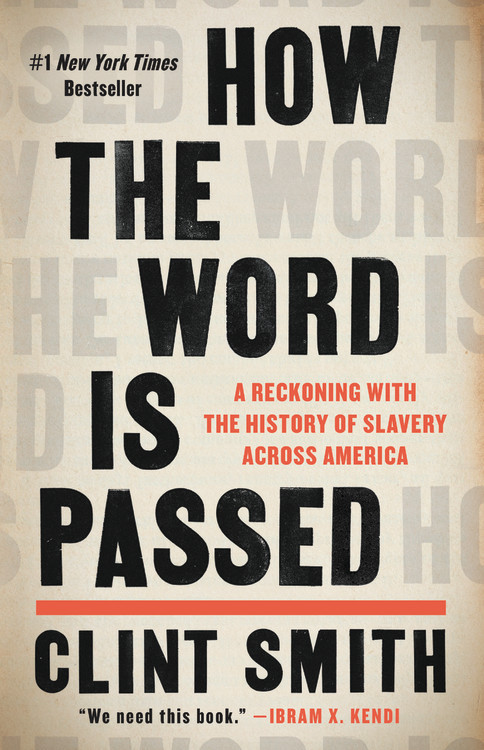
Clint Smith’s original take on Black American history should be required reading for all Americans. Smith seeks out the stories that Americans tell themselves to keep troubling histories at bay. The result has been a willful erasure of Black history in America. Clint discovers that such erasure abets a white-centric version of history that blots out white supremacy and violence.
To chronicle this state of affairs, Smith travels to eight places in America and abroad, bringing forward long-held perceptions of American slavery. He begins in Monticello, Thomas Jefferson’s Virginia plantation built by enslaved Black people. He writes, “Jefferson was not singular in his moral inconsistencies; rather he was one of the founding fathers who fought for their own freedom while keeping their boots on the necks of hundreds of others.”
Smith’s field research also takes him to Louisiana State Penitentiary—known as “Angola” after the former plantation that occupied the territory—where he observes that the stain of slavery and racism still exist in our society. He describes a scene where Black prisoners toil in fields as armed overseers on horseback menace them. There is Blandford Cemetery for Confederate soldiers in Louisiana, where Black gardeners tend the grounds. It’s a place where tour guides gloss over the history of slavery to cater to the mostly white visitors who see the Confederacy as positive. A similar situation occurs in Monticello, where Smith encounters a group of older white women grappling with Jefferson’s connection to slavery. “It really takes the shine off the guy,” one of them says.
Smith also ventures to Senegal to visit Gorée Island and the House of Slaves. The place horrifies him as he recognizes resemblances to other places he’s been. He sees the claustrophobic cells Africans were held in before crossing the Atlantic to American slavery. They remind him of the cells in Angola and the decrepit huts that housed enslaved Black people on American plantations.
Smith is a careful, compassionate interviewer. He reports his findings in an evocative, lyrical language that conveys a dynamic history of American slavery that some still deny.
“The Secret to Superhuman Strength” by Alison Bechdel
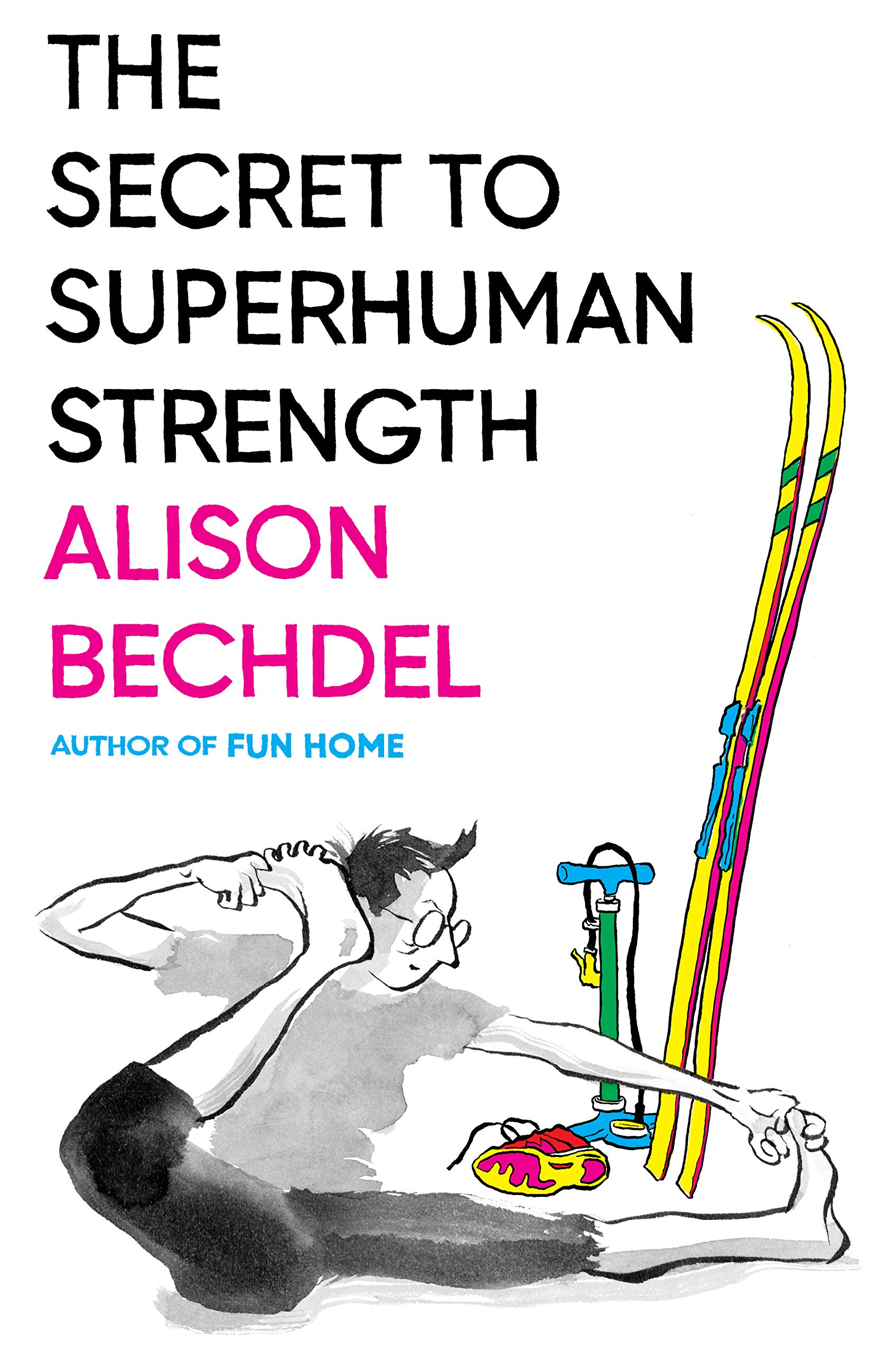
Alison Bechdel’s new graphic memoir is somewhat of a departure in tone and subject from her other award-winning work, including “Fun Home,” the story of growing up in the funeral home her parents inherited from her great-great-grandfather. Adapted for the theater, “Fun Home” (“fun” is short for “funeral”) won the Tony Award for Best Musical in 2015.
Bechdel came out at the age of 19 and discovered her father had gay liaisons throughout his marriage. Shortly after Bechdel talked to her father about his secret life, he threw himself in front of a truck and died. Bechdel has always thought there was a link between her conversation and his suicide.
In “The Secret to Superhuman Strength,” Bechdel depicts her obsession with exercise and her singular focus on strengthening her body through activities that include running, biking, weightlifting and yoga. Bechdel was convinced that extreme exercise would help her calm her anxieties and achieve perfection in both body and mind. But with obsession comes problems. Funneling the “distinct sense of dread” she began to feel in her mid-50s and looking for answers to the foreboding question of “where had my creative joy gone,” she embarks on research for her “fitness book.”
Bechdel’s exploration spotlights fitness gurus like Charles Atlas and Jack LaLanne. All the while, she is peddling, hiking and running her way to her 60th birthday. Exercise is in the foreground, but like all of Bechdel’s work, there are underlying themes. In “The Secret to Superhuman Strength,” she takes a deep dive into body image, her evolving gay consciousness and a history of 19th-century transcendentalists whom she considers an earlier incarnation of hippies.
With its piercing brilliance and sharp humor, the book is quintessential Bechdel. Her fear of mortality hovers over drawings showcasing storylines about family, romance and spirituality.







